10 Best Adventures of 1996
By:
September 12, 2020
Twenty-four years ago, the following 10 adventures from the Nineties (1994–2003) were first serialized or published in book form. They’re my favorite adventures published that year.
Please let me know if I’ve missed any adventures from this year that you particularly admire. Enjoy!
- Chuck Palahniuk’s atavistic/apophenic adventure Fight Club. Liberated by insomniac perceptivity, our unnamed protagonist, who works as a product recall specialist for a car company, begins to see his life for what it really is: a joyless, meaningless, consumerist nightmare. Into this void steps a charismatic, self-radicalized figure — Tyler Durden — who cheers on our narrator’s efforts to blow up his own life. The two men start an underground, bare-knuckle “fight club” whose brutal rules and cultish secrecy attract a coterie of desperate wage slaves. Around the same time that the mythopoetic men’s movement was encouraging men uncertain of their masculine identity to form drum circles, etc., the characters in Fight Club pursued a far more radical program of heteronormative, masculinist therapy. (Reading the book in 1996, I appreciated it as a sardonic critique of all efforts to recover a pre-industrial conception of masculinity through camaraderie; today, I’m disturbed by the notion that some readers may have taken it seriously. Note that the pejorative term “snowflake,” meaning someone who naively believes that they deserve undue success and recognition, comes from this novel.) Things get weirder. The novel’s one female character, Marla, is never in the same place at the same time as Tyler… are they somehow, one and the same person? The fight club turns into Project Mayhem, an organization dedicated to sabotaging and ultimately destroying, you know, the system. It’s a punishing read, really — but what a surprise ending. Fun facts: Adapted in 1999, by David Fincher, as a movie starring Edward Norton as the protagonist and Brad Pitt as Tyler Durden. Although the movie was a box-office flop, it found commercial success with its DVD release and is now considered one of the era’s defining cult classics. Palahniuk wrote two (meta-)sequels, both in comic-book form.
- Mary Doria Russell’s The Sparrow sci-fi adventure The Sparrow. In 2019, a SETI listening post in Puerto Rico picks up radio broadcasts of exquisite singing — coming from another planet. At last! Evidence of intelligent extraterrestrial life. While the United Nations debates the politics of a first-contact mission, the Jesuits, long known for their missionary, linguistic and scientific activities, organize a secretive first expedition to Rakhat — as the planet comes to be known. Only one member of the crew, Jesuit priest and talented linguist Emilio Sandoz, survives the return trip (in 20160). Its story — told in chapters that alternate between an account of the mission itself, and Sandoz’s experiences upon his return — about a world so beyond comprehension that it begs the question of what it means to be “human.” The characters — including Sandoz, who grew up in a poor Puerto Rican neighborhood, and who questions his faith; Sofia Mendes, a Turkish Jewish artificial intelligence specialist; and other Jesuit priests — encounter two species, upon their arrival at Rakhat. As missionaries and anthropologists will do, they get involved in the local culture in ways which they don’t understand… the result is lethal, and for Sandoz extremely traumatic. Fun facts: Russell earned a Ph.D. in Paleoanthropology, and has studied cultural and social anthropology. The Sparrow, which was the author’s first novel, and its 1998 sequel Children of God, explore the problem of evil, and how to reconcile a benevolent deity with human suffering. (The title refers to Matthew 10:29–31, “Yet not one [sparrow] will fall to the ground outside your Father’s care.”) The Sparrow won the Arthur C. Clarke and James Tiptree, Jr. Awards.
- George R.R. Martin’s A Song of Ice and Fire fantasy adventure A Game of Thrones. In the first installment of Martin’s epic fantasy series (1996–ongoing), we are introduced to a War of the Roses-esque dynastic struggle among the great Houses of Westeros, the central characters being the usurper Robert Baratheon, his childhood friend Ned Stark, Robert’s scheming wife, Cersei Lannister, and Cersei’s cunning, witty, self-indulgent brother Tyrion; Ned’s wife and children are also viewpoint characters. Ned’s illegitimate son, Jon Snow, meanwhile, joins the Night’s Watch — an order of warriors who guard the far northern borders, not only from the wildlings who live beyond The Wall, but from a fabled and hostile inhuman race, the Others. As if this weren’t already complex enough, a third plot-line concerns Daenerys, heiress to the Targaryen throne which King Robert had seized. In this first book, there are assassinations, executions, and political machinations aplenty in Westeros; mysterious doings north of the Wall which suggest that “winter is coming”; and poor Daenerys is married off (by her ruthless brother) to Khal Drogo, warlord of the nomadic Dothraki, in exchange for the use of Drogo’s army to reclaim the throne of Westeros. Oh, and dragons — long thought to be mythical or extinct — make a comeback. Fun facts: Blood of the Dragon, comprising the Daenerys chapters from A Game of Thrones, won a Hugo for Best Novella. The violent, raunchy 2011–2019 HBO adaptation of the series, starring Sean Bean as Ned Stark, Lena Headey as Cersei Lannister, Emilia Clarke as Daenerys Targaryen, Jason Momoa as Khal Drogo, and Peter Dinklage as Tyrion Lannister, did not disappoint fans… except for its ending.
- Iain M. Banks‘s Culture sci-fi adventure Excession. The fifth Culture novel concerns the response of the Culture’s Minds — benevolent AIs with enormous intellectual and physical capabilities — to the so-called Excession, a black-body sphere which appears mysteriously on the edge of Culture space… and which appears to be older than the Universe itself. The Affront, a rapidly expanding intergalactic empire, whose sadistic brutality is horrifying to the Culture, seeks to claim control of the Excession. The Interesting Times Gang, an informal group of Minds tasked with preparing for and confronting Outside Context Problems (challenges utterly outside the Culture’s experience), steps in; their conversation — a rich stew of numbers, text, esoteric syntax, and witty repartee — is a delight. The Sleeper Service, a Mind housed in a GSV (General Systems Vehicle), which 40 years earlier had separated from the Culture proper, is pressed into service; Genar-Hofoen, a human Culture diplomat to the Affront, and his ex-lover, Dajeil, are also dragged into the adventure. The story is slow to develop, but in the end we discover that the Sleeper Service is a very impressive Mind, indeed. And if those of you who’ve read Banks’s The Player of Games (1988) suspect that Special Circumstances was playing a deep game, vis a vis the Affront, you’re right. The true role of the Excession, meanwhile, is cosmic and mind-blowing — a conceit worthy of Kirby himself. Fun fact: In an interview with the magazine SFX, Banks credited Sid Meier’s 1991 strategy videogame Civilization — in which players begin at the dawn of humanity, and pursue new technologies while building an empire — with this novel’s notion of Outside Context Problems. “You’re getting along really well and then this great battleship comes steaming in and you think, well my wooden sailing ships are never going to be able to deal with that.”
- John le Carré’s espionage adventure The Tailor of Panama. In this unusually light-hearted le Carré novel, Andy Osnard, an unscrupulous Thatcherite MI6 agent sent to Panama City to gather intelligence, seems to draw inspiration from Graham Greene’s darkly comedic 1958 spy novel Our Man in Havana, in which a vacuum-cleaner salesman sells made-up military intelligence to MI6. Discovering that Harry Pendel, a successful tailor and British expat, has something to hide, Osnard coerces him into a scheme involving a fictitious network of revolutionaries known as the silent opposition. (This detail could be read a nod to another Greene novel, The Quiet American.) Harry’s invented stories wind up getting his friends into hot water; his wife, meanwhile, discovers what’s been going on. In the end, the UK and US governments must decide whether to use Harry’s fantasies as an excuse to invade Panama and topple the government…. This one is not every le Carré fan’s cup of tea, but I find it comical and poignant. Fun facts: John Boorman directed the 2001 adaptation, making the excellent decision to cast Geoffrey Rush as Pendel, and Pierce Brosnan — in a gleefully wicked performance subverting the work he was doing simultaneously in the James Bond franchise — as Osnard.
- Ken MacLeod’s Fall Revolution sci-fi adventure The Stone Canal. If the politics and economics — there’s a near-future crisis of global capitalism, which gives rise to a variety of competing social orders — of the first Fall Revolution installment, The Star Fraction (1995), confused you, then The Stone Canal may clear things up. Set in the same post-Singularity Solar System, MacLeod’s second novel takes place in 20th-century Scotland, but also in 21st-century ShipCity, the capital of New Mars — a colony world and technopolis at the other end of a wormhole created by the “fast folk,” uploaded human intelligences. The story’s interwoven strands each concern Jon Wilde and Dave Reid, politically radical frenemies whose lives take them in different directions. Reid becomes the right-libertarian leader of New Mars; Wilde remains a left-libertarian political activist. Wilde gets the girl — Annette, but Reid constructs a female sex-slave android version of her… who becomes self-aware and flees. Wilde, meanwhile, finds his mind downloaded into a clone; he’s been revived by Jay-Dub, a version of himself stored within a “human equivalent” robot! Reid, it seems, is the villain whose machinations led to WWIII… but Wilde may not have been entirely blameless. A luta continua. There are thrilling action sequences, and amost-as-thrilling political discussions, galore. Fun facts: The Stone Canal won a Prometheus Award. In an interview, MacLeod later explained that he was reacting to what he saw, at the time, as “the loss of any sense of common interest and common cause, and a descent into nationalism and identity politics all of which were supervised and policed from above – sometimes literally — by state and supra-state power.”
- Margaret Atwood’s historical psychological thriller Alias Grace. Written in what’s been described as the Southern Ontario Gothic style (think Alice Munro, Robertson Davies), Alias Gracerecounts the true-crime story of Grace Marks — an uncommonly pretty housemaid who in 1843 was convicted for her involvement in the vicious murder of her employer, Thomas Kinnear, and his mistress/housekeeper, Nancy Montgomery. Several years later, Grace — who claims to remember nothing about the incident — is hired as a domestic servant in the home of the penitentiary governor. Dr. Simon Jordan, a young psychiatrist, is called in to interview the notorious woman, in an effort to determine whether she was a murderess or merely an unwilling accomplice. Grace recounts her life story — as a struggling, abused Irish immigrant to Canada — to Jordan, who doesn’t see her story as relevant. Jordan, meanwhile, is an eligible bachelor uninterested in the vapid society women into whose company he’s forced; he’s attracted, instead, to his married landlady… and perhaps to Grace, as well. Atwood’s story includes newspaper blurbs, extracts from Grace’s written confession, poems, and more. Poverty, servitude, violence, insanity — this is a dark, mesmerizing tale. Fun facts: Adapted as a 2017 Canadian TV miniseries directed by the great Mary Harron, Alias Grace stars Sarah Gadon as Grace Marks.
- Peter Doyle’s Billy Glasheen crime adventure Get Rich Quick. A highly entertaining caper novel set in Australia’s rock’n’roll underworld of 1957. Billy Glasheen, a small-time hustler and sometime musician, is the mastermind of elaborate capers… which somehow always fall afoul of Sydney’s bent cops, organized criminals, and scheming politicians. Little Richard, Gene Vincent, and Eddie Cochran are touring the country, promoted by Lee Gordon — the real-life entrepreneur whose tours had a major impact on the Australian music scene at the time. Glasheen wangles himself a job working as Gordon’s chauffeur, gofer, and provider of illicit substances; Australian rock’n’roller Johnny O’Keefe also plays a role. But when Billy is framed for murder, he takes it on the lam. In order to prove his innocence, he’ll have to find the real killer. The period Aussie slang — bodgies, widgies, etc. — is a treat. Doyle would go on to write two sequels, Amaze Your Friends (1998) and The Big Whatever (2015), and a prequel, The Devil’s Jump (2001), which collectively form an epic, neo-noir tale of Australian crime, political scandals, and musical subcultures. Fun facts: Winner of Australia’s prestigious Ned Kelly Award for Best First Crime Novel. Doyle, a HILOBROW friend, is perhaps best known as a musical and true-crime historian. His books City of Shadows: Sydney Police Photographs, 1912-1948 (2005), Echo and Reverb (2005), and Crooks Like Us (2009) are extraordinary.
- David B.’s graphic novel L’Ascension du haut mal (in English: Epileptic, serialized 1996–2003). An autobiographical account of the influence that his brother Jean-Christophe’s epileptic seizures had on the author’s developing imagination. Dragged from guru to guru by his parents, who during the 1960s–1970s explored psychology, macrobiotic communes, acupuncture, magnetism, and more in an effort to cure Jean-Christophe’s malady, Pierre-François (who’d change his name to David) escapes into violent, redemptive fantasies involving epic battles between samurai, knights, and demons. David B.’s black-and-white artwork is epic in scope, like psychedelic Greek urn paintings; the autobiography isn’t an adventure, but Pierre-François’s dream life certainly is. War, conspiracies, the irruption of fantasy into reality, golems, monsters… it’s an extraordinary achievement. There’s a little bit of everything, here — family history, the French Resistance, Algeria, May’68. We empathize with the author, even if we can’t wholly sympathize with him; he portrays himself as a self-centered, even cruel sibling. Readers seeking an uplifting account of life with an epileptic family member will be disappointed, perhaps even horrified. It’s not uplifting, though it is mesmerizing. David B.’s perspective is that of a recording angel: horrified, sardonic, forgiving. Fun facts: Haut mal is an archaic term for epilepsy meaning “great illness,” or literally, “high evil.” Serialzed in six bande dessinée albums between 1996 and 2003, then compiled in 2005 into one 360-page graphic novel. David B., who was instrumental in encouraging Marjane Satrapi to create Persepolis, won the 2005 Ignatz Award for Outstanding Artist for his work on the series.
- William Gibson‘s Bridge sci-fi adventure Idoru. The sequel to 1993’s Virtual Light removes us from San Francisco. Fourteen-year-old Chia (as in Chia Pet) McKenzie, a superfan of the rock duo Lo/Rez, is selected by her fanclub to travel to Tokyo. There, she meets with the club’s Tokyo chapter, in hopes of learning what’s going on with the rock star Rez… who claims that he plans to marry Rei Toei, an artificial intelligence which presents itself as a female pop-star hologram. Chia never truly groks Rez’s bizarre, impossible marriage scheme, and neither do we; however, Rei — the titular idoru (Japanglish for idol) is one of Gibson’s more entertaining and fascinating characters. En route, Chia gets mixed up with scary members of the Russian Mafia, who are attempting to get their hands on a highly illegal nanotech assembler; she is assisted in her escape efforts by Masahiko, a young otaku (computer geek) who is a member of the “Walled City,” a virtual community of hackers with impressive skills. We also encounter “netrunner” Colin Laney, a more typical Gibson protagonist; he is a Friday-esque mutant able to intuitively recognize patterns of probability when surfing massive amounts of data via virtual-reality goggles. Shinya Yamazaki, an existential sociologist, and Keith Blackwell, head of Rez’s security team, are also entertaining characters. All parties eventually converge at a Tokyo love hotel, where otaku hackers and Lo/Rez fangirls team up — online and off — in order to save Rei Toei, and the day. Fun facts: In a 1999 interview, Gibson remarked: “Laney’s node-spotter function is some sort of metaphor for whatever it is that I actually do. There are bits of the literal future right here, right now, if you know how to look for them. Although I can’t tell you how; it’s a non-rational process.”
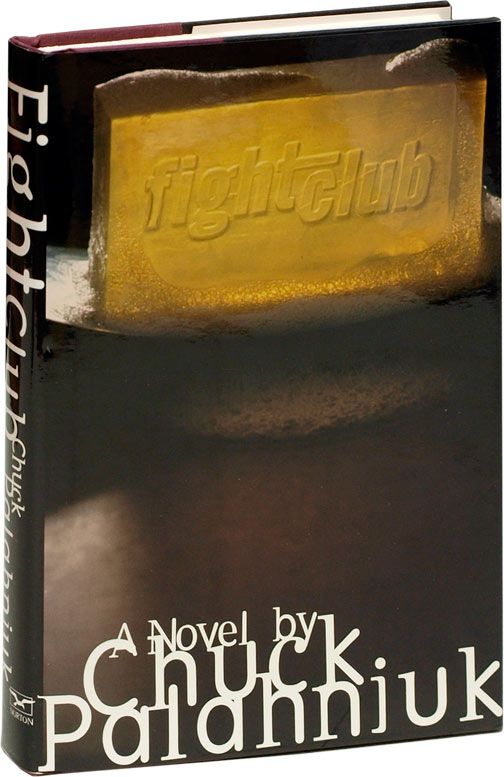
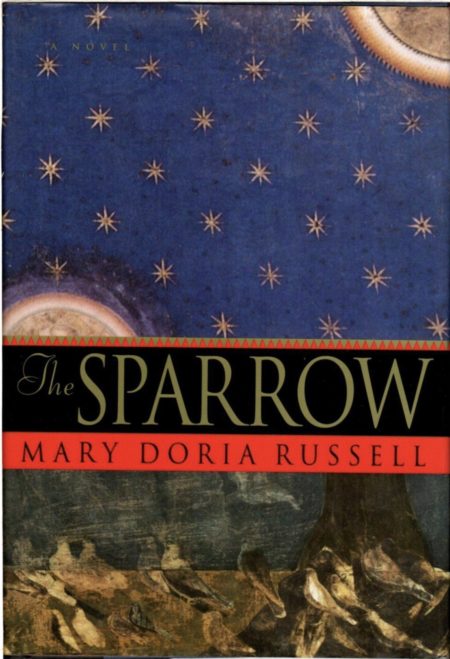
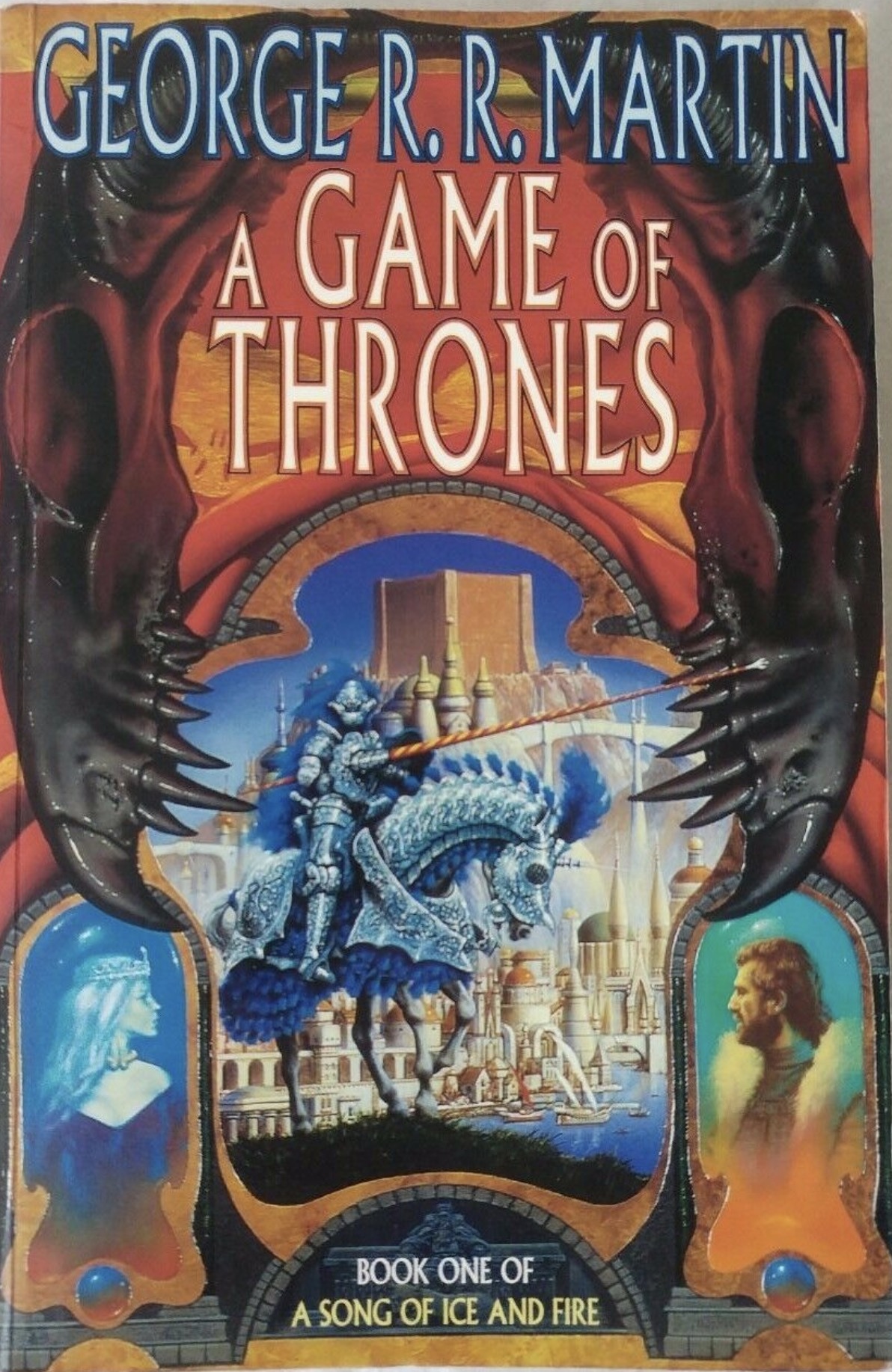


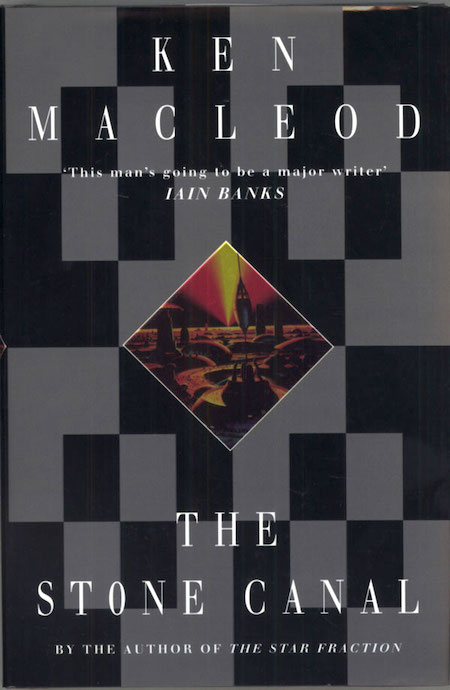
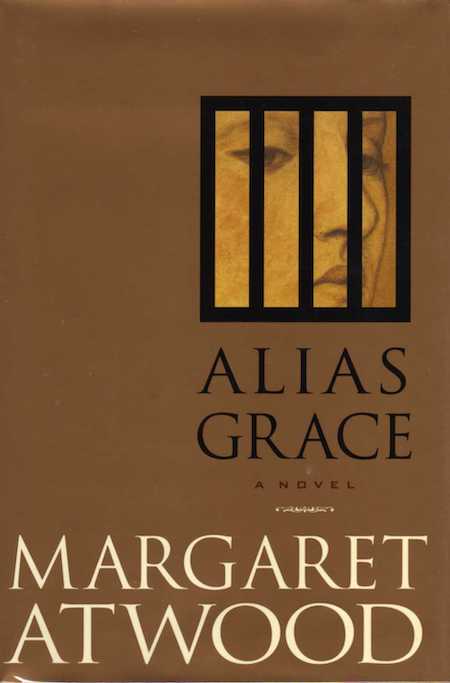
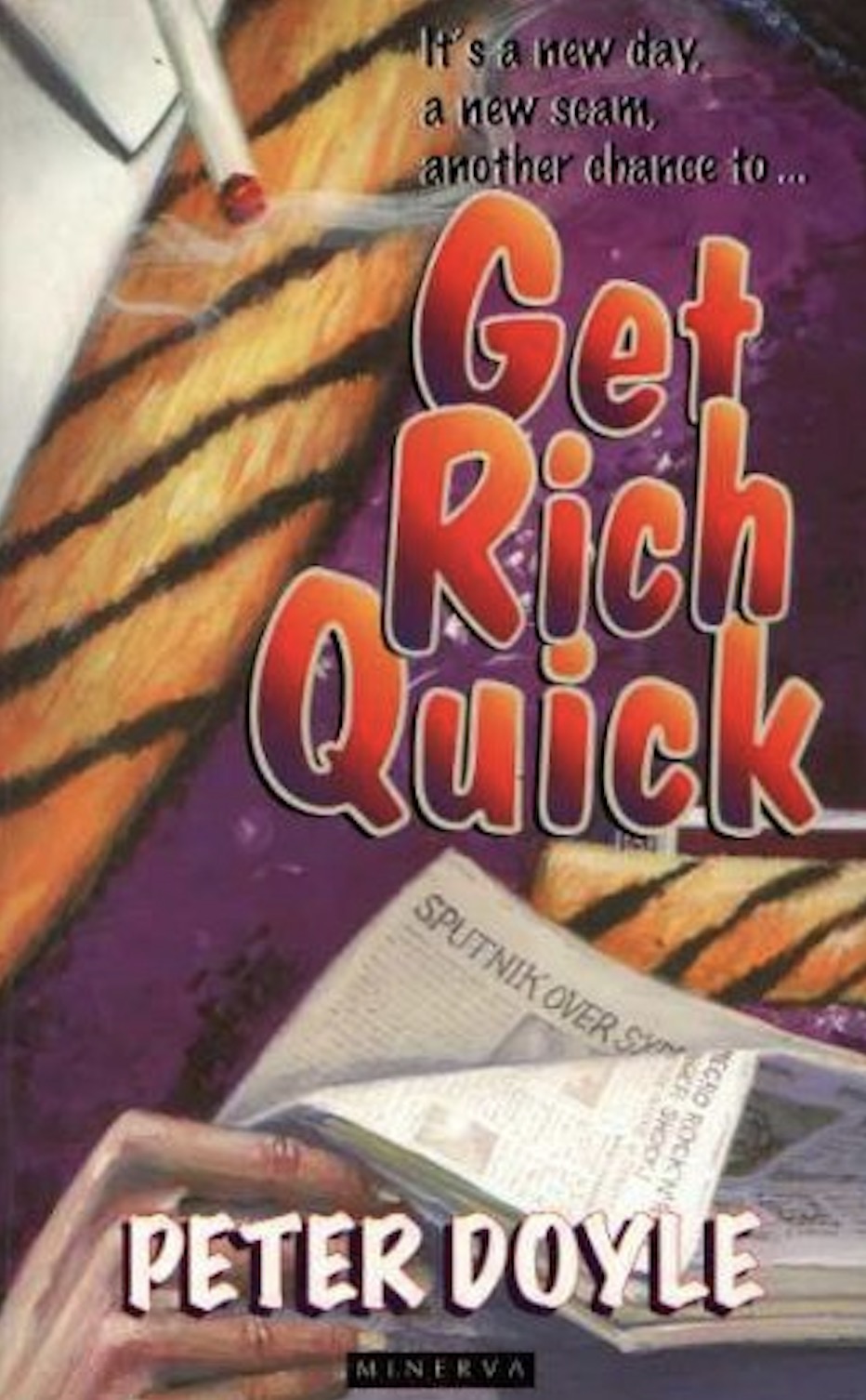
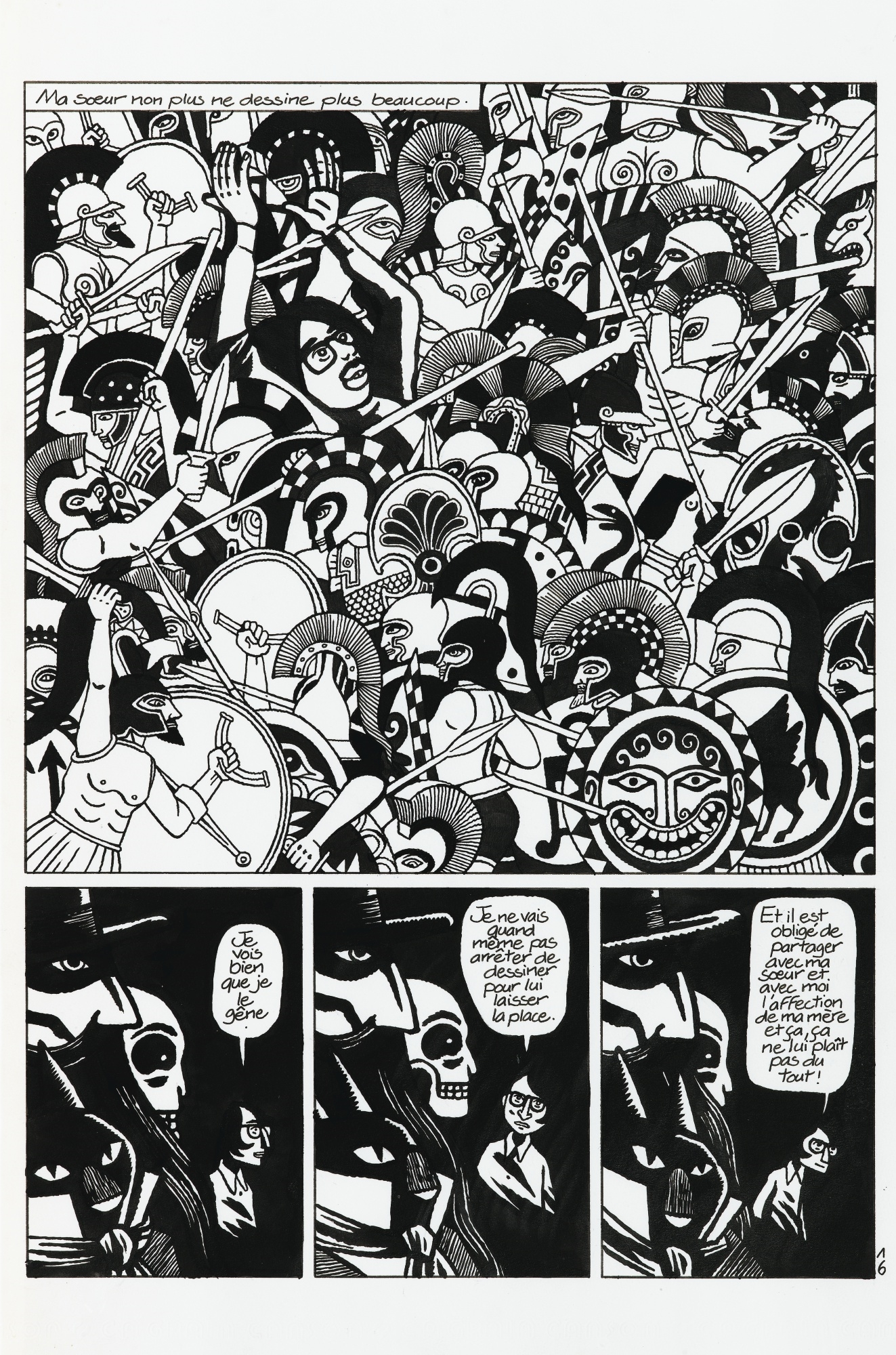

JOSH GLENN’S *BEST ADVENTURES* LISTS: BEST 250 ADVENTURES OF THE 20TH CENTURY | 100 BEST OUGHTS ADVENTURES | 100 BEST RADIUM AGE (PROTO-)SCI-FI ADVENTURES | 100 BEST TEENS ADVENTURES | 100 BEST TWENTIES ADVENTURES | 100 BEST THIRTIES ADVENTURES | 75 BEST GOLDEN AGE SCI-FI ADVENTURES | 100 BEST FORTIES ADVENTURES | 100 BEST FIFTIES ADVENTURES | 100 BEST SIXTIES ADVENTURES | 75 BEST NEW WAVE SCI FI ADVENTURES | 100 BEST SEVENTIES ADVENTURES | 100 BEST EIGHTIES ADVENTURES | 75 BEST DIAMOND AGE SCI-FI ADVENTURES | 100 BEST NINETIES ADVENTURES | 75 BEST HADRON AGE SCI-FI ADVENTURES | NOTES ON 21st-CENTURY ADVENTURES.
